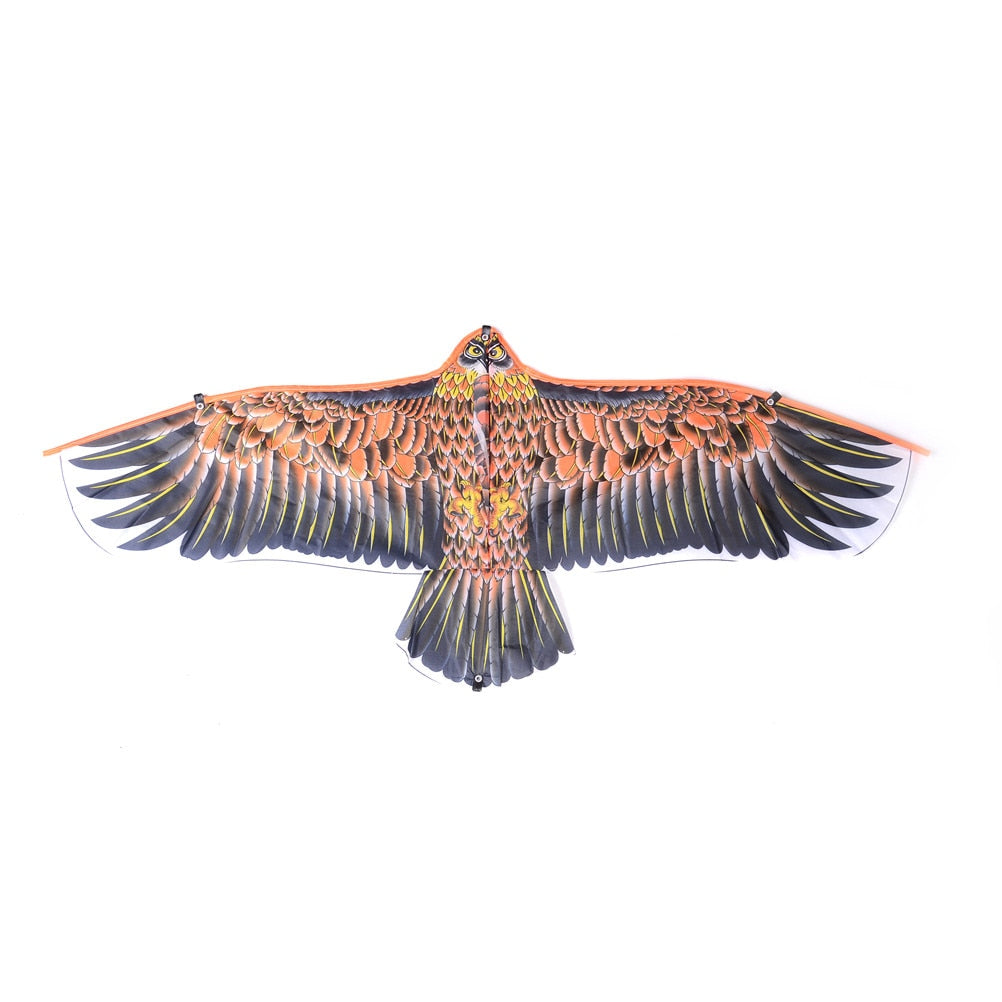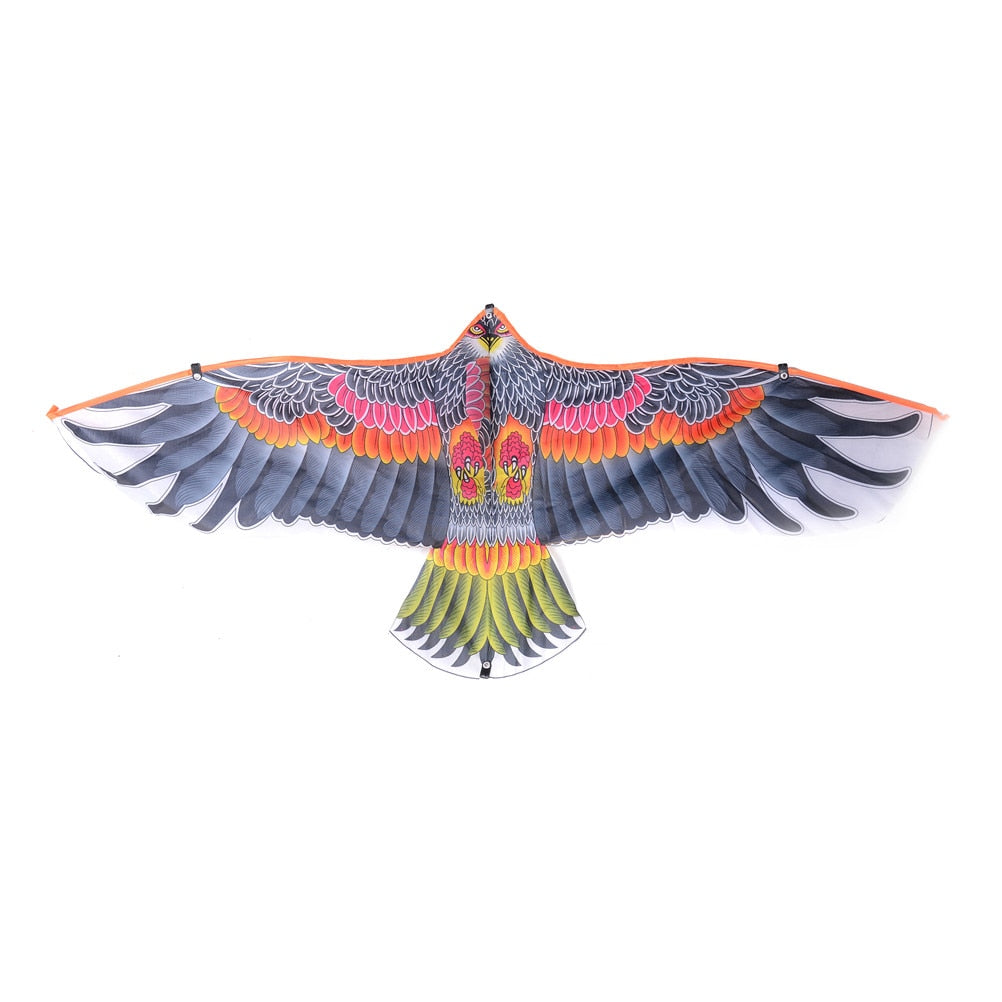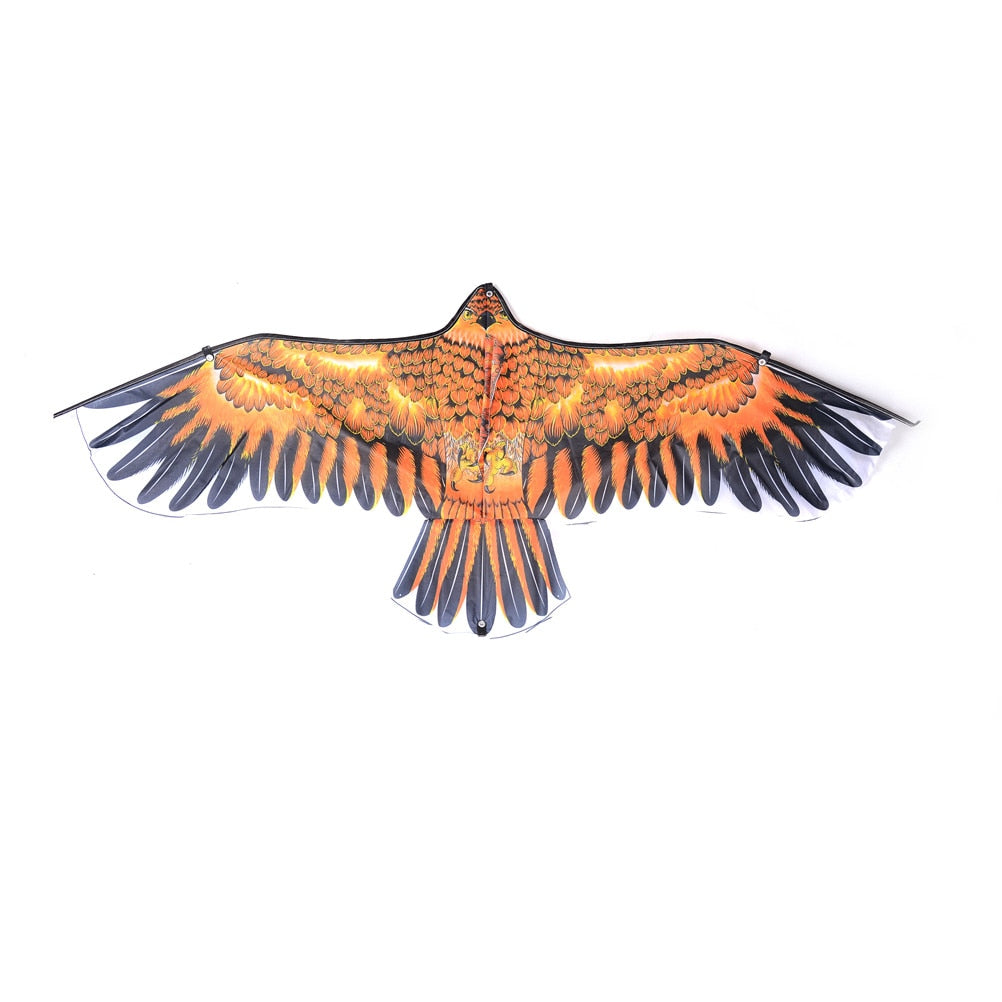1.02m Golden Eagle Kite With Handle Line Chinese Kite
1.02m Golden Eagle Kite With Handle Line Chinese Kite
Couldn't load pickup availability
We've tried to make it look as realistic as possible, so imagine soaring through the sky or just laying on the ground with this majestic bird. And don't worry about losing your kite in the sea – its printing work is top notch and will last no matter what.
The spare parts are especially strong and durable, complete with rods and a 300 ft kite string for plenty of fun! You won't need any professional experience either – everything is easy to put together, fly and connect with the line via the clasp. Both kids and adults can handle this large hawk with ease, making it perfect for beach vacations or just taking out into your back yard.
- Shape: Animal
- Recommend Age: 12+y
- Package Weight: 0.06kg (0.13lb.)
- Package Size: 20cm x 10cm x 5cm (7.87in x 3.94in x 1.97in)
- Material: nylon
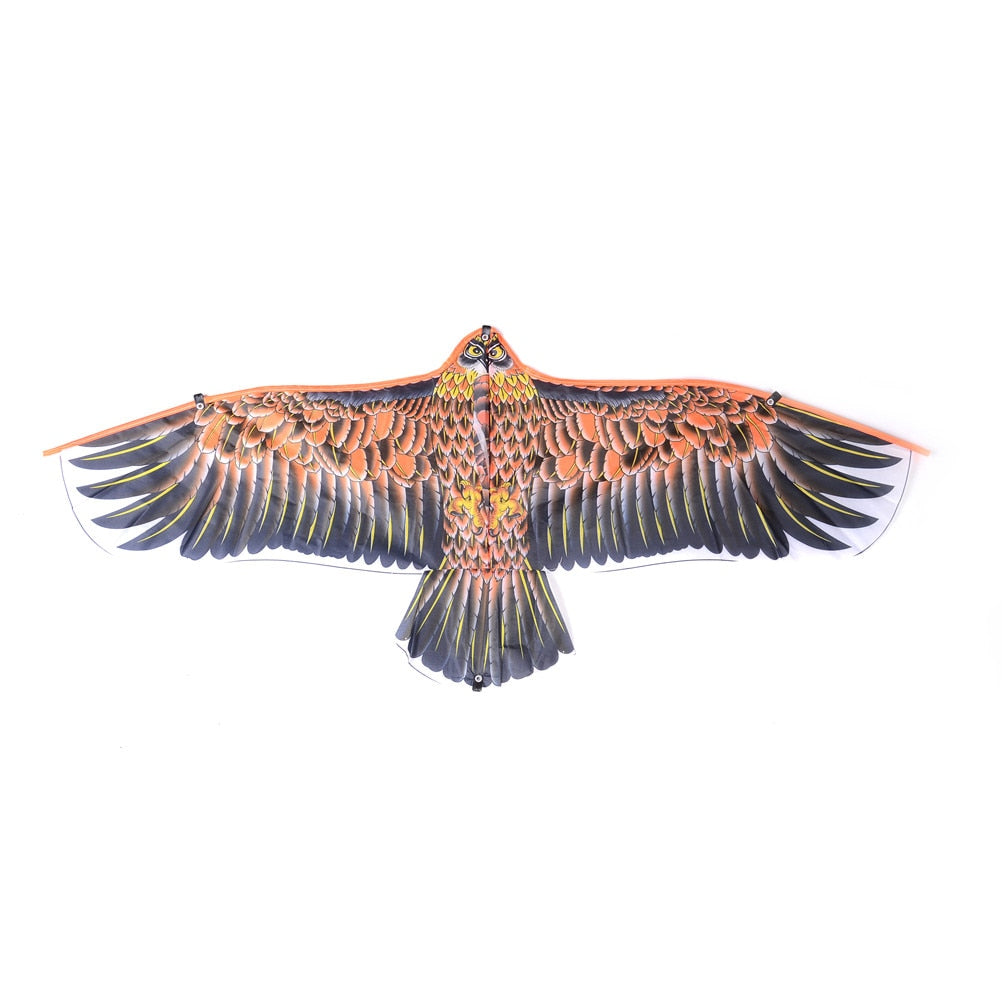

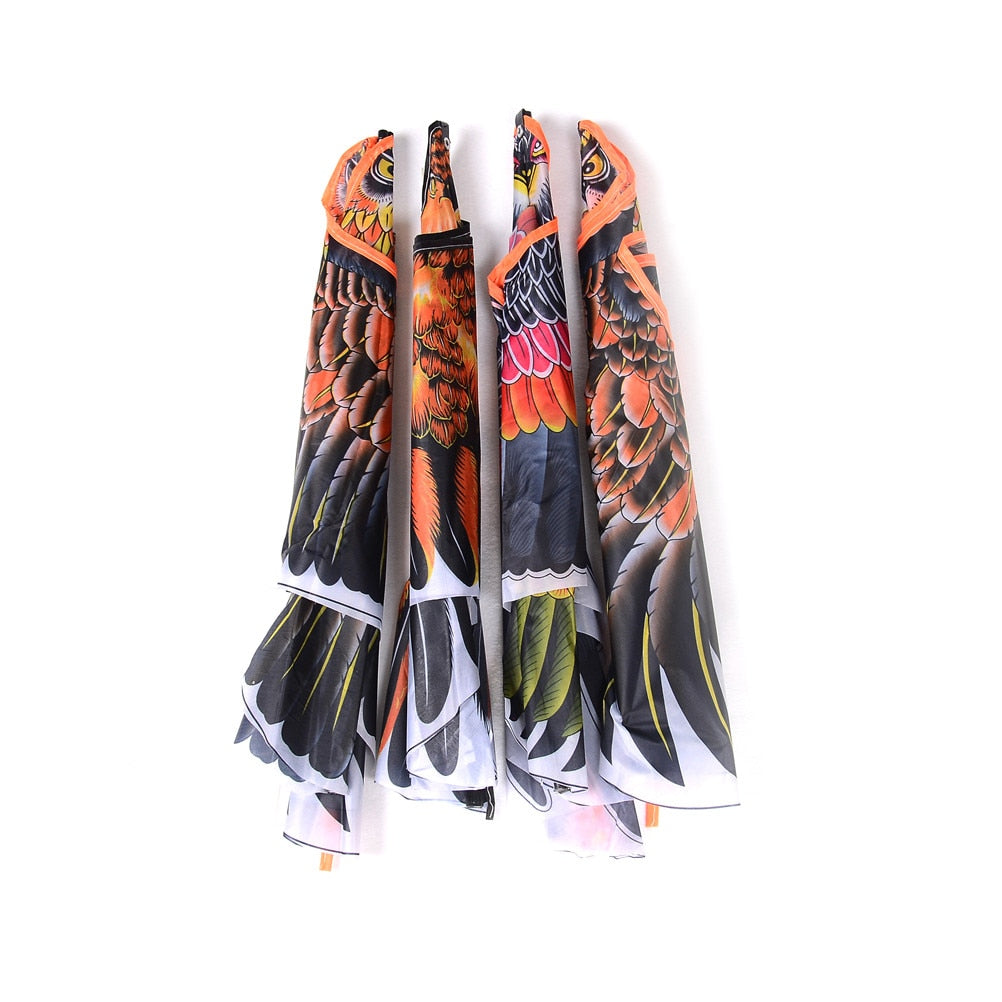

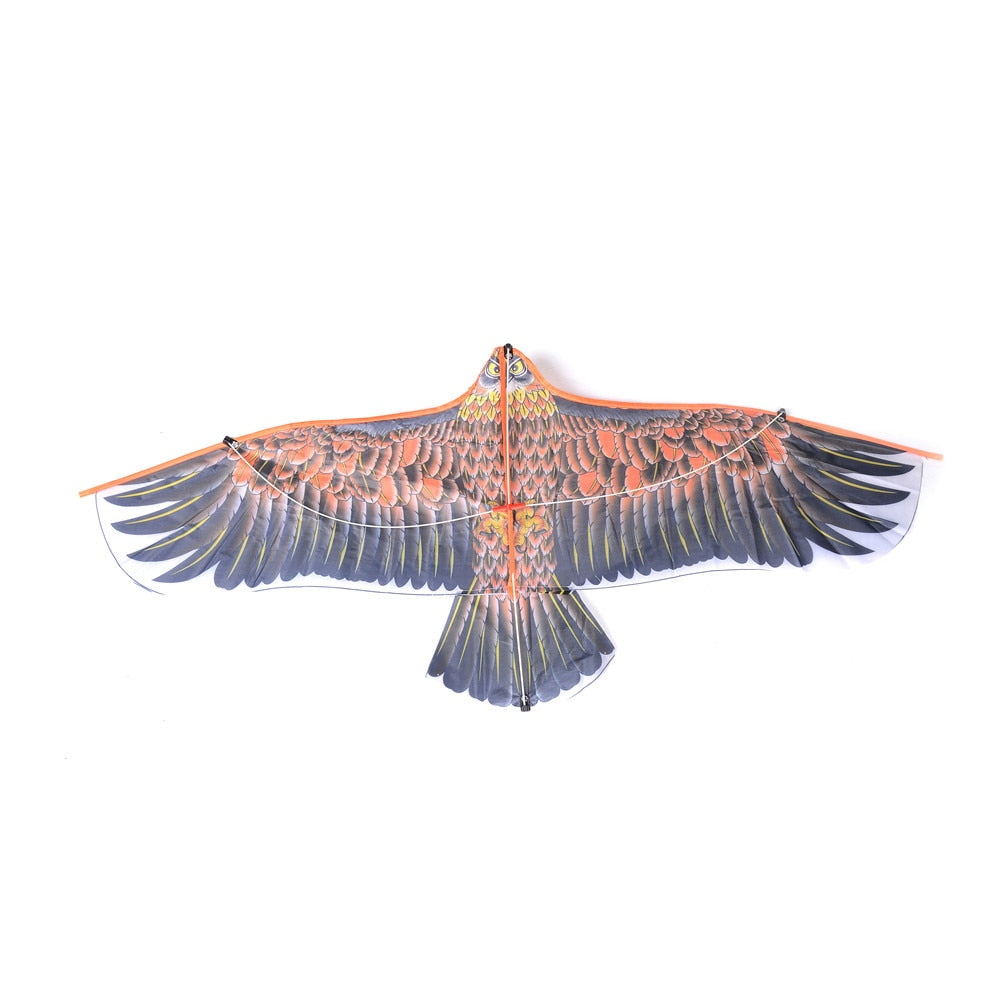
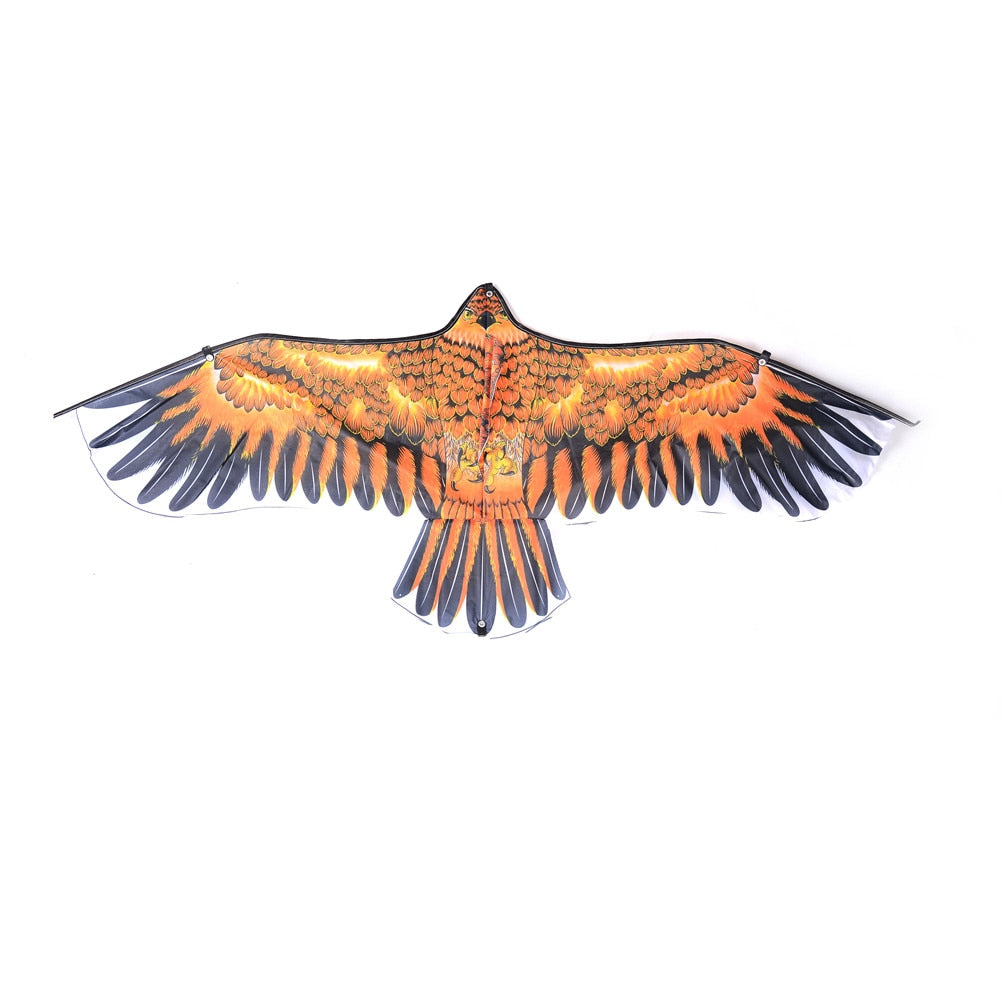

Free worldwide delivery.

Limited editions, rare cultural finds.

Direct from artisans, no middlemen.

Not only a product, it's a special story.
STORY BEHIND PRODUCT

